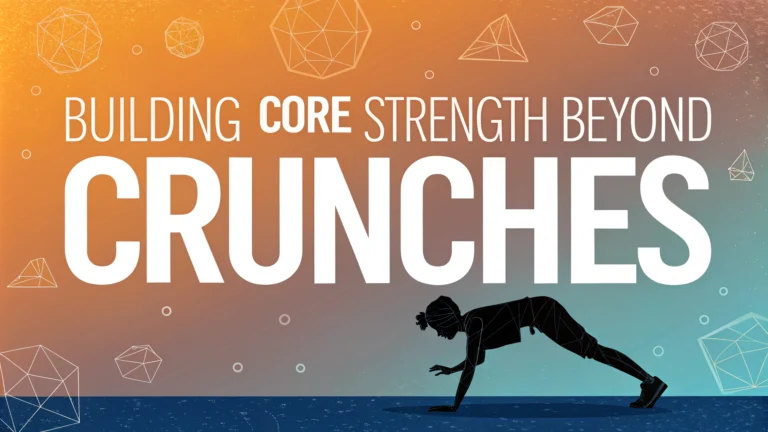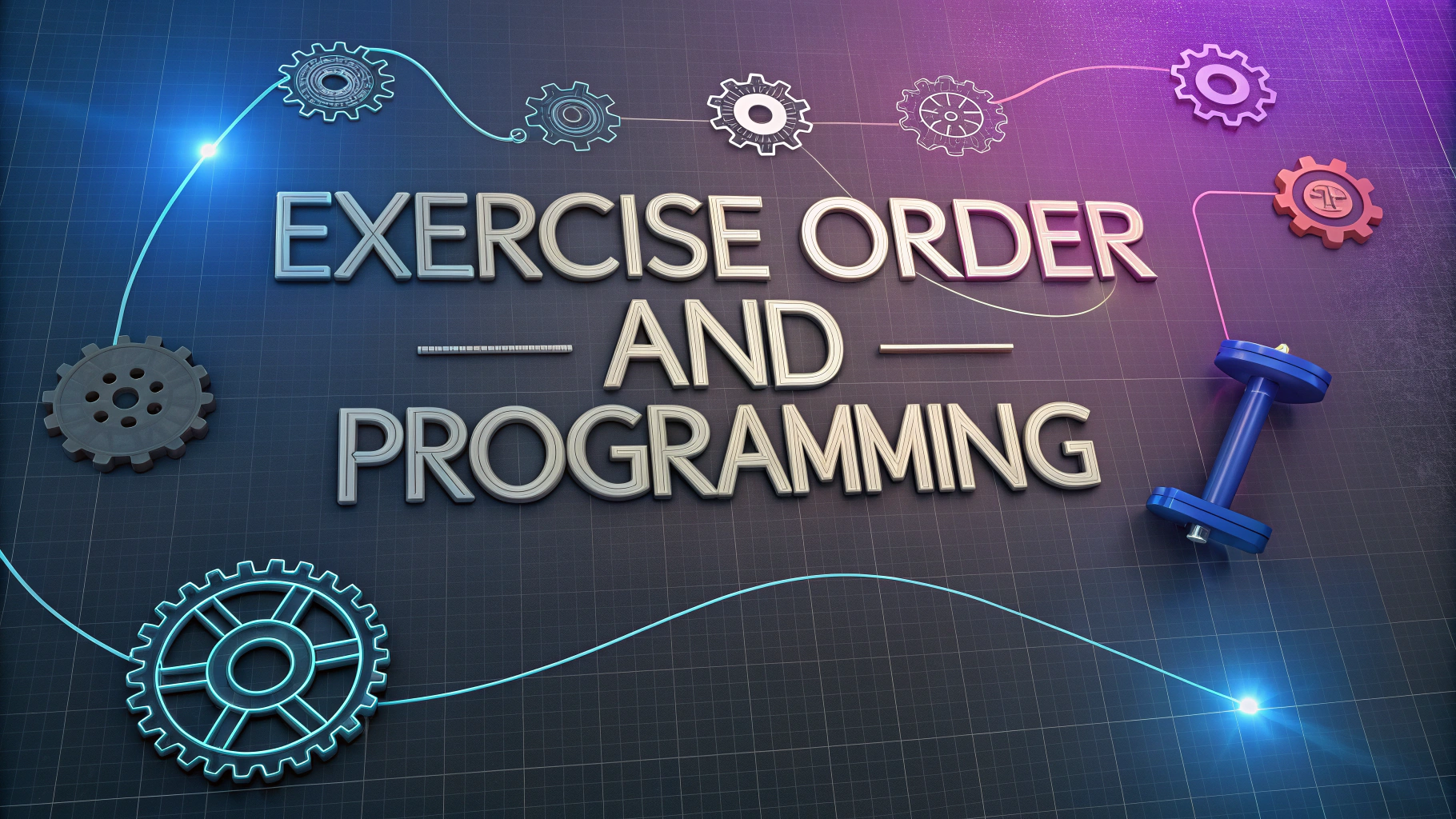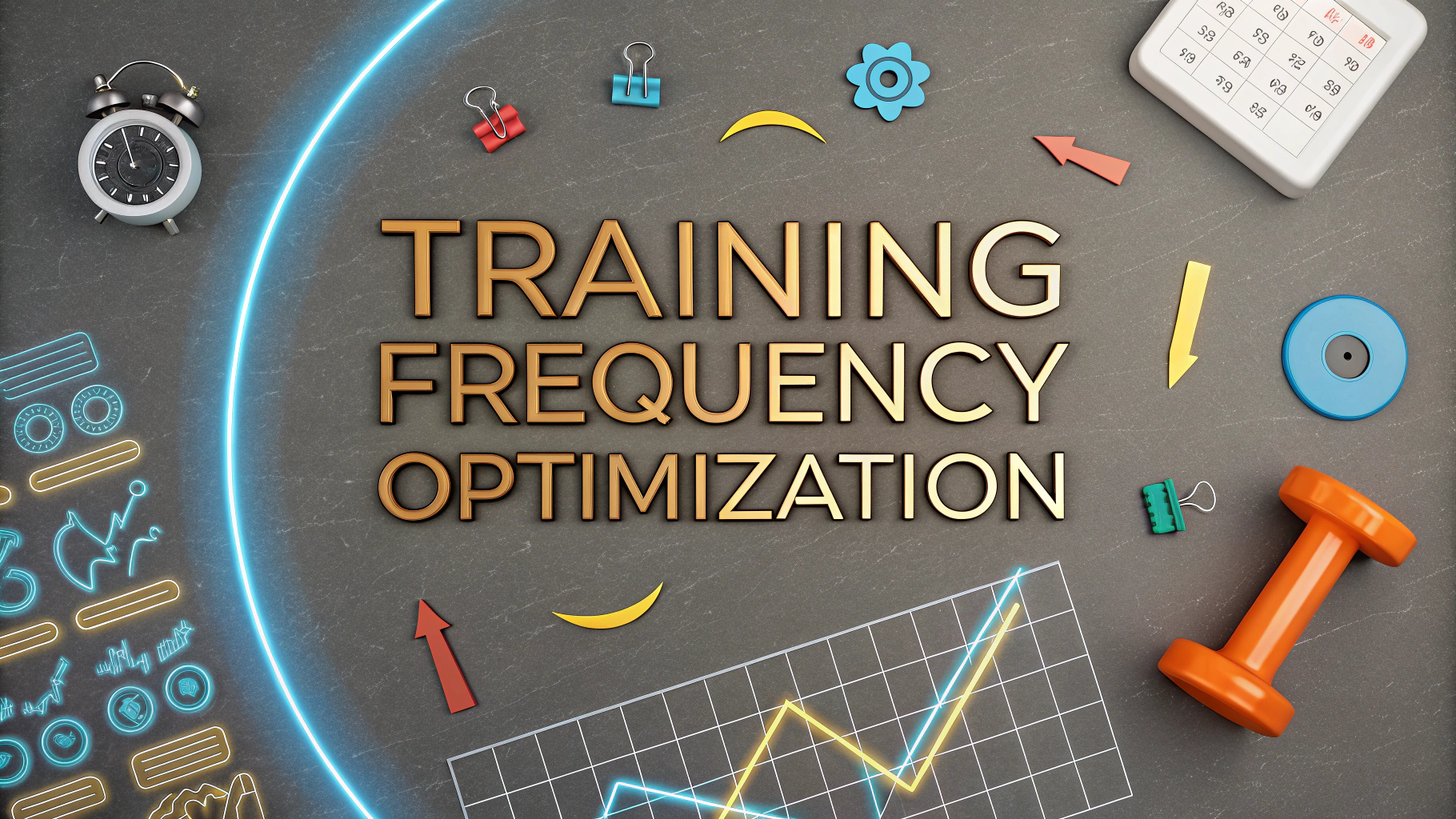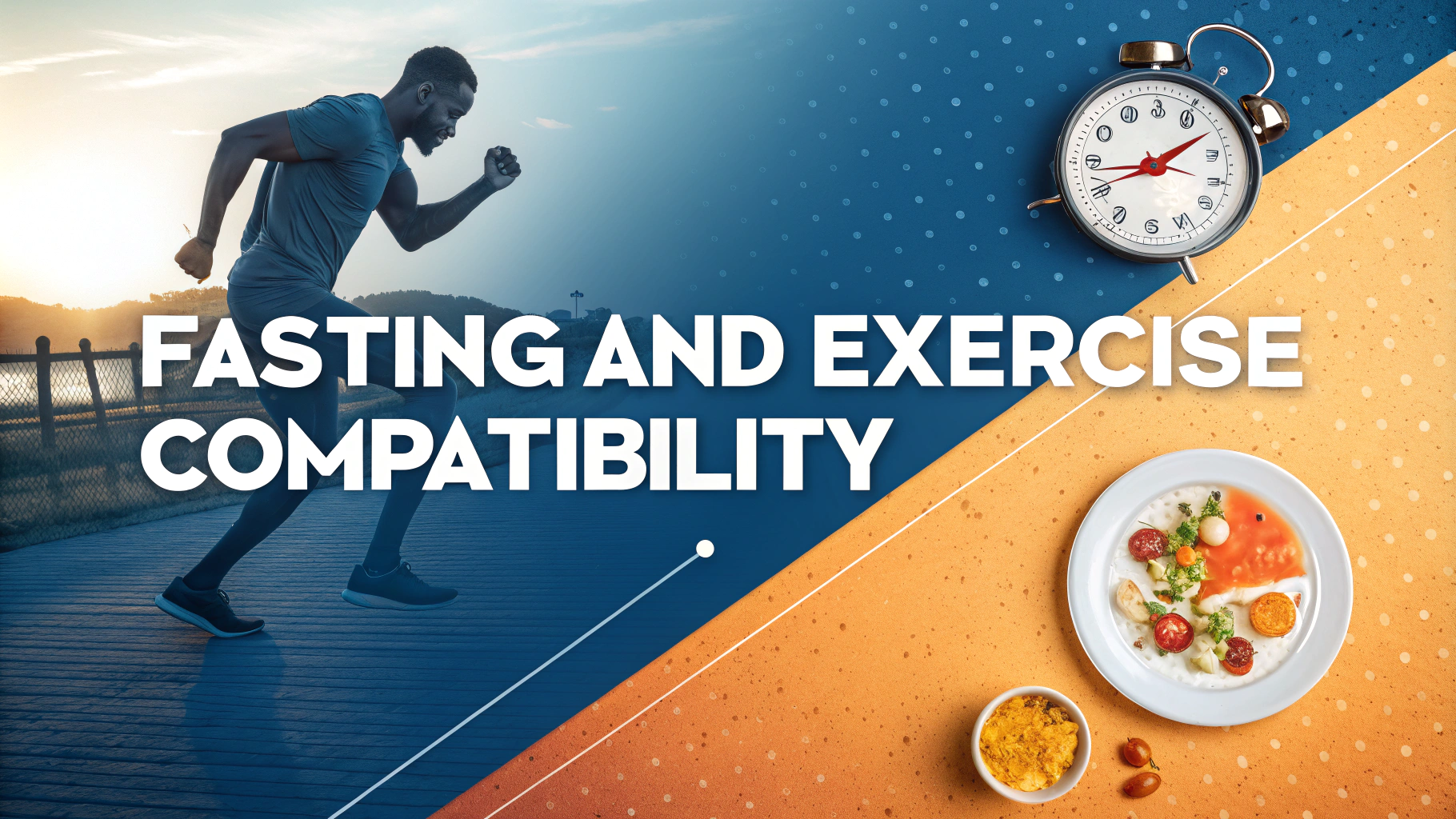Core strength goes far beyond getting six-pack abs – it’s about building a stable foundation that supports every movement you make.
Your core muscles include your rectus abdominis (the “six-pack” muscles), transverse abdominis (deep core), obliques (sides), and the muscles in your lower back.
Essential Core Exercises Beyond Basic Crunches
- Planks – Hold for 30-60 seconds, keeping your body straight as a board
- Bird Dogs – Extend opposite arm and leg while on hands and knees
- Dead Bugs – Lie on back, extend opposite arm and leg while keeping lower back pressed down
- Pallof Press – Using a cable machine or resistance band to resist rotation
- Farmer’s Walks – Carry heavy weights while walking with perfect posture
Sample Core Workout Routine
| Exercise | Sets | Reps/Time |
|---|---|---|
| Plank | 3 | 45 seconds |
| Bird Dog | 3 | 10 each side |
| Dead Bug | 3 | 12 each side |
Benefits of Strong Core Muscles
- Better posture and reduced back pain
- Improved athletic performance
- Enhanced balance and stability
- Easier everyday movements
- Reduced risk of injury
Common Mistakes to Avoid
Doing too many repetitions with poor form is less effective than fewer quality movements.
Focusing only on the front abs while neglecting the sides and back creates muscle imbalances.
Holding your breath during exercises reduces core activation and stability.
Nutrition Tips for Core Development
- Eat lean protein (0.8-1g per pound of body weight daily)
- Stay hydrated (minimum 8 glasses of water daily)
- Include healthy fats like avocados and nuts
- Reduce processed foods and excess sugar
Quick Tips for Success
- Breathe steadily through all exercises
- Practice exercises 2-3 times per week
- Allow 48 hours between core workouts
- Progress gradually by increasing time or resistance
For personalized advice, consult a certified fitness trainer or physical therapist in your area.
Contact the American Council on Exercise (ACE) at 1-888-825-3636 or visit www.acefitness.org for more information on core training and finding qualified fitness professionals.
Advanced Core Training Techniques
- Suspension Training – Using TRX or similar equipment for bodyweight exercises
- Anti-Rotation Exercises – Movements that resist twisting forces
- Medicine Ball Throws – Dynamic movements that engage the entire core
- Stability Ball Work – Exercises performed on unstable surfaces
Progressive Core Training Plan
Week 1-2: Foundation
- Basic planks and holds
- Fundamental breathing exercises
- Simple movement patterns
Week 3-4: Building Strength
- Adding movement to planks
- Incorporating resistance bands
- Increasing hold times
Recovery and Maintenance
- Foam rolling for muscle recovery
- Light stretching between workouts
- Regular mobility work
- Adequate sleep (7-9 hours)
Conclusion
Core training is a fundamental aspect of fitness that requires consistent, well-rounded effort. Focus on quality movements, progressive overload, and proper recovery. Remember that visible results come from a combination of targeted exercises and overall body composition management through proper nutrition and lifestyle habits.
Track your progress, stay patient, and maintain proper form for the best long-term results. As your core strength improves, you’ll notice enhanced performance in both athletic activities and daily life tasks.
FAQs
- Why aren’t traditional crunches enough for building core strength?
Traditional crunches only target the superficial rectus abdominis muscles and can strain your neck and back. A strong core requires training multiple muscle groups, including the transverse abdominis, obliques, and deep stabilizing muscles. - How often should I train my core muscles?
Core muscles can be trained 3-4 times per week with at least one day of rest between sessions. Like any other muscle group, they need time to recover and strengthen. - What are the best alternatives to crunches for core strength?
Planks, dead bugs, bird dogs, pallof presses, and hollow body holds are superior exercises that engage multiple core muscles simultaneously while promoting proper spine alignment. - Does building core strength help prevent back pain?
Yes, a strong core provides better spine stabilization and posture, which can significantly reduce the risk of lower back pain and injury. - Can I get a strong core without doing any direct ab exercises?
Yes, compound movements like squats, deadlifts, and overhead presses engage the core significantly. However, targeted core exercises can enhance overall stability and performance. - How important is diet in developing visible core muscles?
Diet is crucial for visible abs, as they become apparent only with lower body fat percentages (typically below 15% for men and 22% for women). No amount of core exercise can overcome poor nutrition. - Should I use weights when training my core?
Adding resistance through weights or cables can increase core strength once bodyweight exercises become too easy. However, proper form must be maintained to prevent injury. - How long should I hold planks and other static core exercises?
Quality matters more than duration. Start with 20-30 second holds with perfect form, and progressively increase to 60 seconds. Beyond this, consider adding difficulty rather than time. - Is it possible to overtrain the core muscles?
Yes, like any muscle group, the core can be overtrained. Signs include persistent soreness, decreased performance, and potential lower back pain. Adequate rest is essential. - How long does it take to build significant core strength?
With consistent training 3-4 times per week and proper nutrition, noticeable improvements in core strength can be seen in 4-8 weeks, though visible changes may take longer depending on starting body composition.







